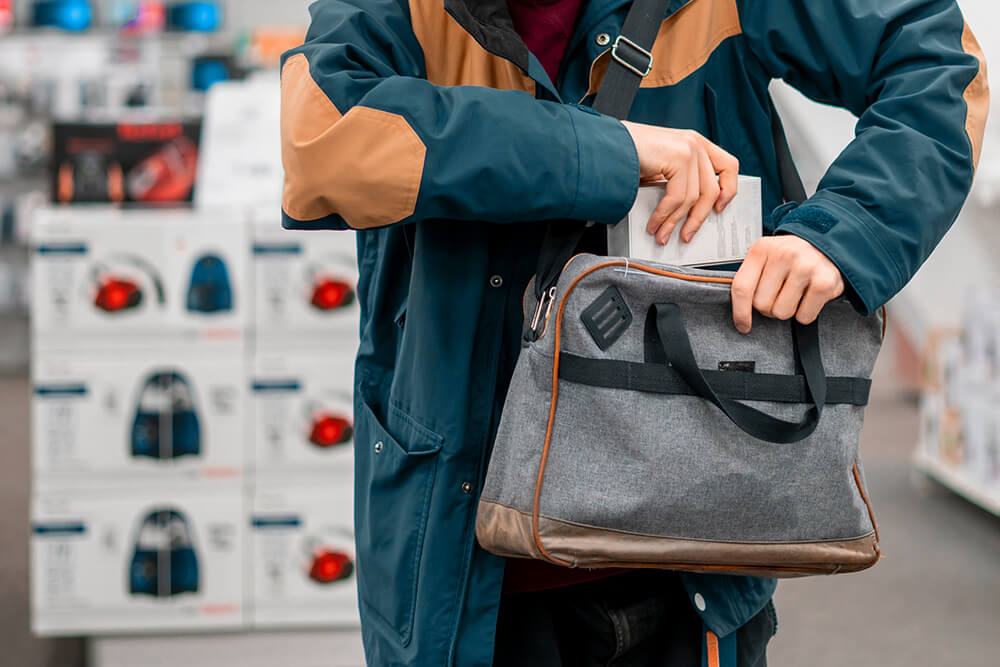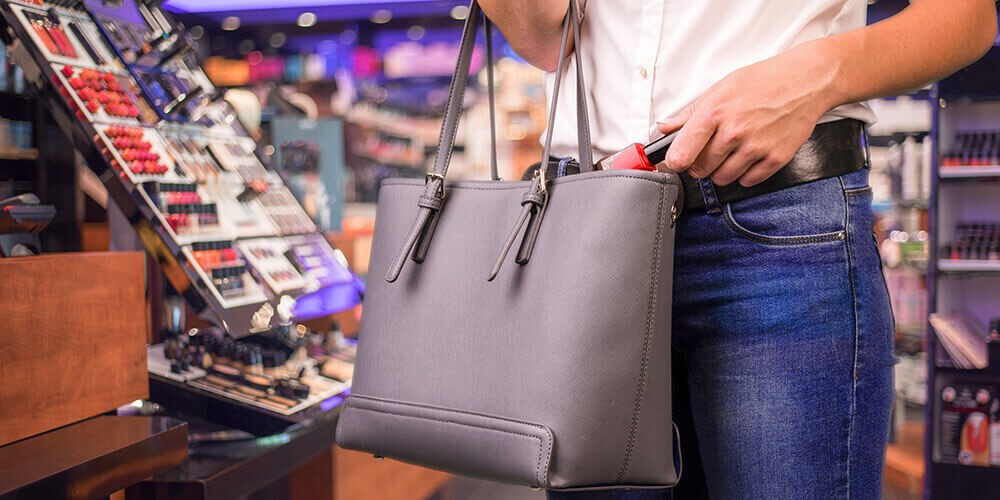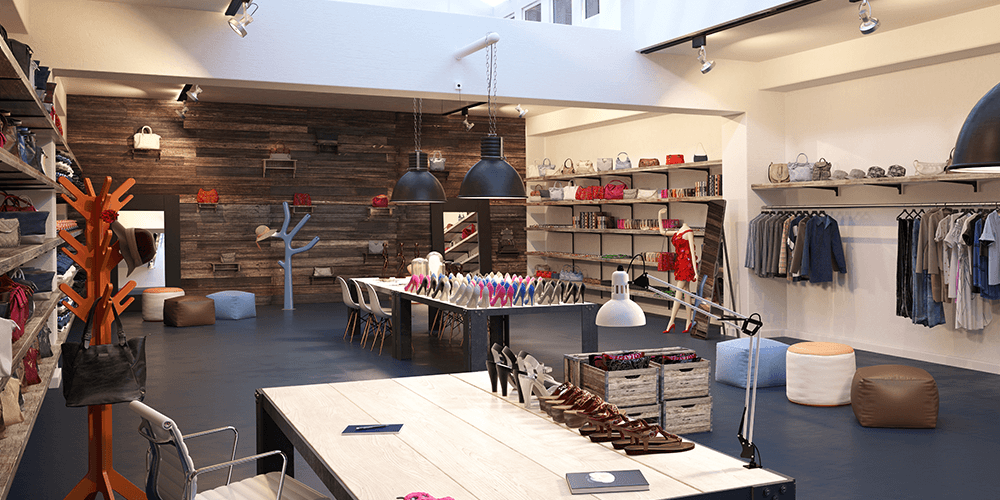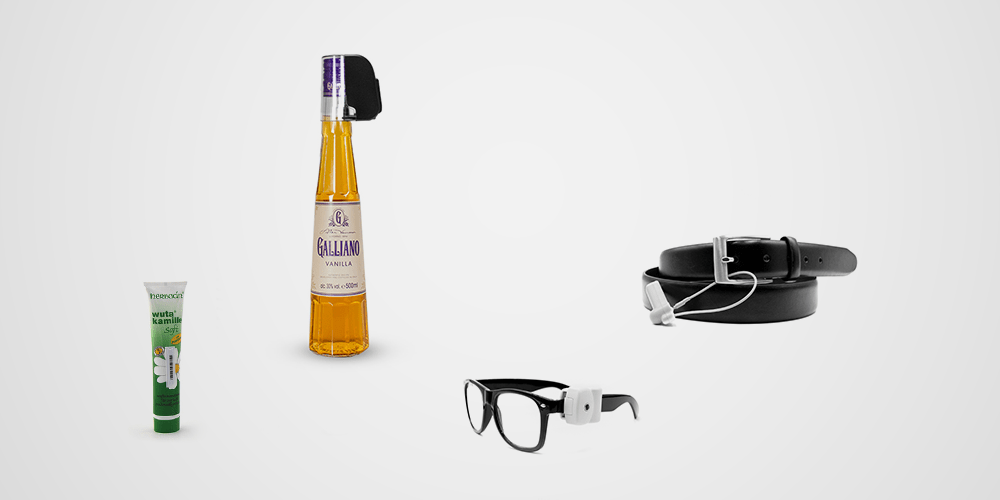The holiday shopping season is now well underway and data indicates the festive spirit is alive and well, with an estimated 186.4 million consumers taking advantage of the Thanksgiving Holiday weekend to shop in-store and online this year.
According to the latest National Retail Federation and Prosper Insights survey, this figure is only slightly below the peak of 2019, and well and truly up on the shopper numbers seen in both 2017 and 2018.
The NRF notes it marks a heartening end to a turbulent year. So, here’s an insight into what this year’s Thanksgiving Weekend survey found.
Willing to spend
Despite a tough year which was dominated by the doom and gloom of Covid-19, consumers are proving willing and able to spend as the festive season gears up for 2020.
The NRF data indicates 186.4 million customers embraced the Thanksgiving Weekend, which ran from Black Friday through to Cyber Monday.
The figure was less than last year when 189.6 million shoppers took advantage of holiday sales, but an increase on both 2017 and 2018 when 174.6 million and 165.8 million respectively hit the shops in search of a bargain.
The dollar amount per shopper was also down slightly compared to 2019. This year shoppers spent $311.75 on holiday-related purchases such as gifts or decorations, down from last year’s total of $361.90 but comparable to 2018’s $313.29.
Of that amount, nearly three-quarters ($224.48) was spent directly on gifts.
Online proves popular

As expected, online retail proved particularly popular after a year where social distancing became the norm. This was particularly the case on Black Friday and Saturday.
The NRF survey noted Black Friday online retail surged 8 per cent, surpassing the 100 million mark for the first time, while the number of online Saturday shoppers grew even more, up 17 per cent compared with last year.
Across the weekend, online-only shoppers increased by 44 per cent for the entire period for a total of 95.7 million. The surge in online activity came at the expense of bricks and mortar, but retailers had anticipated that shift.
“As expected, in-store shopping was down given both the state of the pandemic as well as the number of retailers who opted to close on Thanksgiving Day,” the NRF explained.
“With consumer traffic moving to online channels, the number of in-store shoppers on Thanksgiving Day dropped by 55 per cent from last year and those on Black Friday dropped by 37 per cent.”
The holiday spirit
After a tough year, consumers have welcomed the opportunity for a little light-hearted celebration, with the survey indicating, given the pandemic, 51 per cent of shoppers say they are more interested in holiday decorations and seasonal items.
Meanwhile, the majority of holiday shoppers (55 per cent) said recent developments around COVID-19 cases had no impact on their holiday spending plans this year.
They are also eager to support small businesses, with 77 per cent indicating they are more interested in doing so this year.
Top purchases
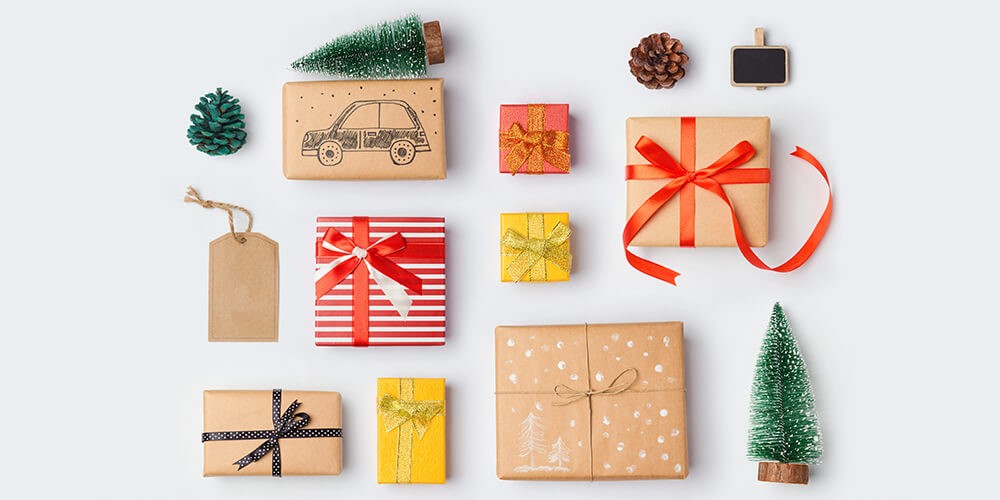
Clothing proved the big-ticket item of the Thanksgiving Holiday weekend, with 52 per cent of those surveyed indicating they had purchased apparel.
Toys were the next most popular item (32 per cent), followed by books/music/movies/video games (29 per cent), gift cards/certificates (29 per cent), and electronics (27 per cent).
Meanwhile, shopping destinations included department stores (visited by 40 per cent of those surveyed), grocery stores (39 per cent), clothing stores (33 per cent), and electronics stores (31 per cent).
Retailers prepared
This year, the NRF predicted peak shopping period would commence early and retailers were more than prepared.
“Retailers have been planning for the season by ensuring that their stores are safe, their associates are trained, the inventory is stocked, and the online experience is seamless,” NRF President and CEO Matthew Shay said.
“Many things have changed since the onset of the pandemic, but the commitment by retailers to meet the consumer where, when and how they shop at the prices they want to pay never changes.”
And the positive end to a turbulent year looks set to continue for the retail sector. While shoppers started ticking off their to-do lists earlier in 2020, many still have items to fulfil.
The survey found holiday consumers have about half of their shopping left to do and 91 per cent expect they will continue to see great deals throughout the rest of the season.
For more information on the holiday shopping season for 2020, see here. Or order your last minute retail security tags here and labels here.


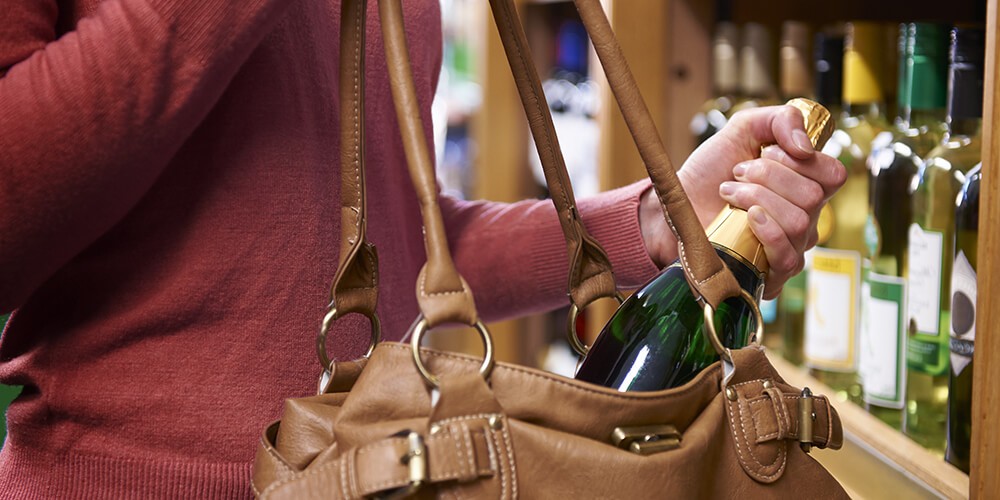
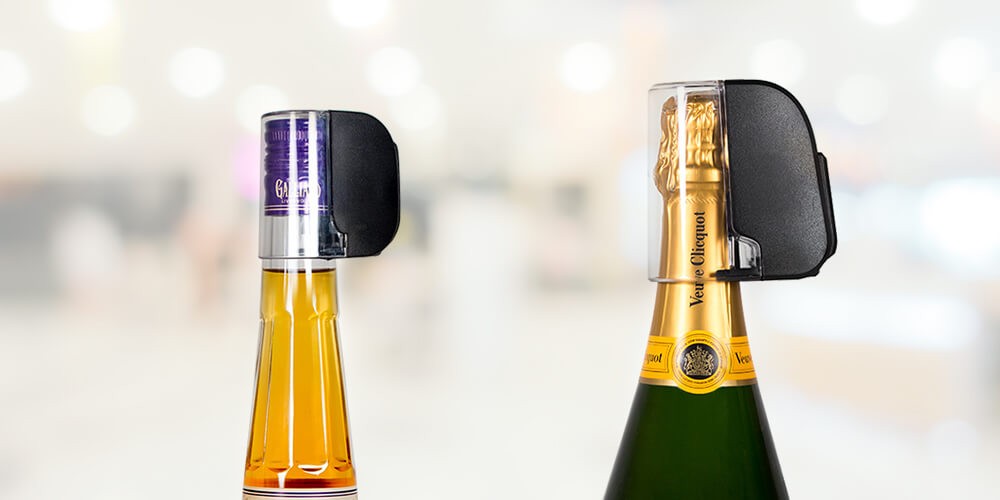
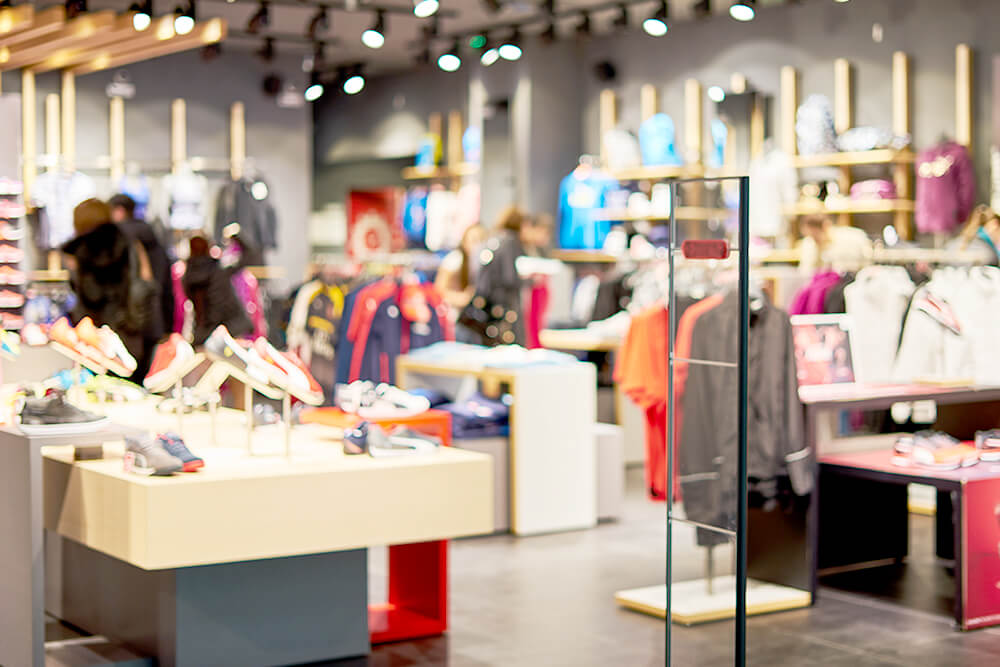
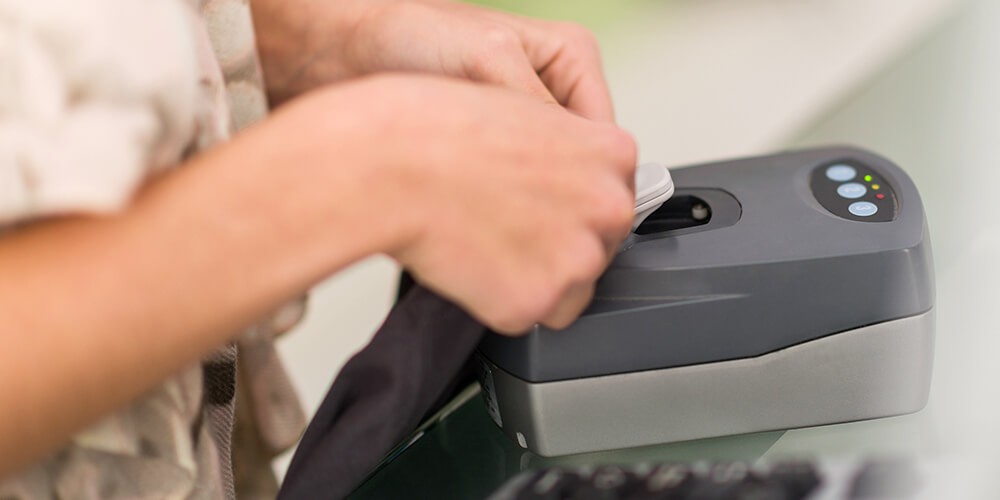
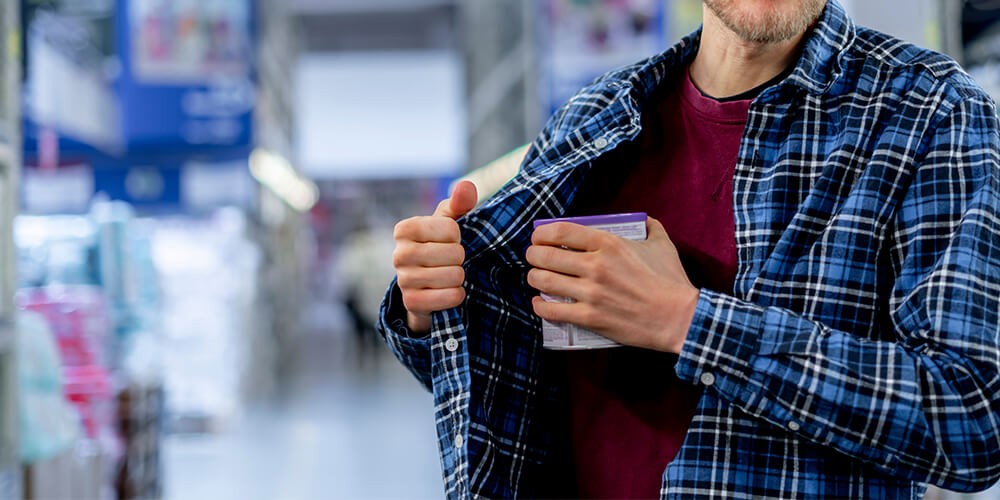
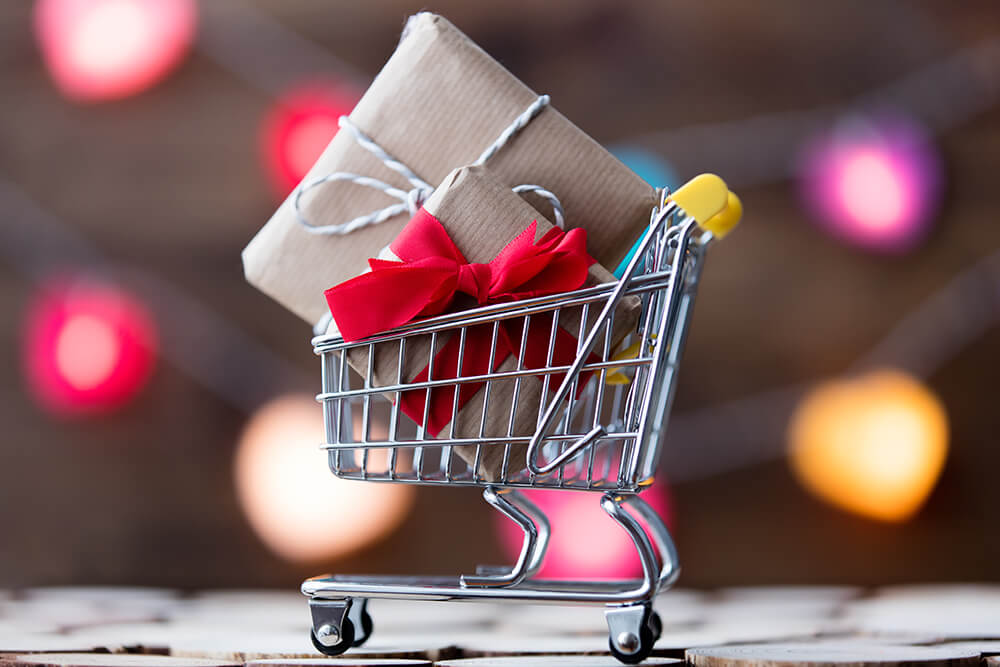
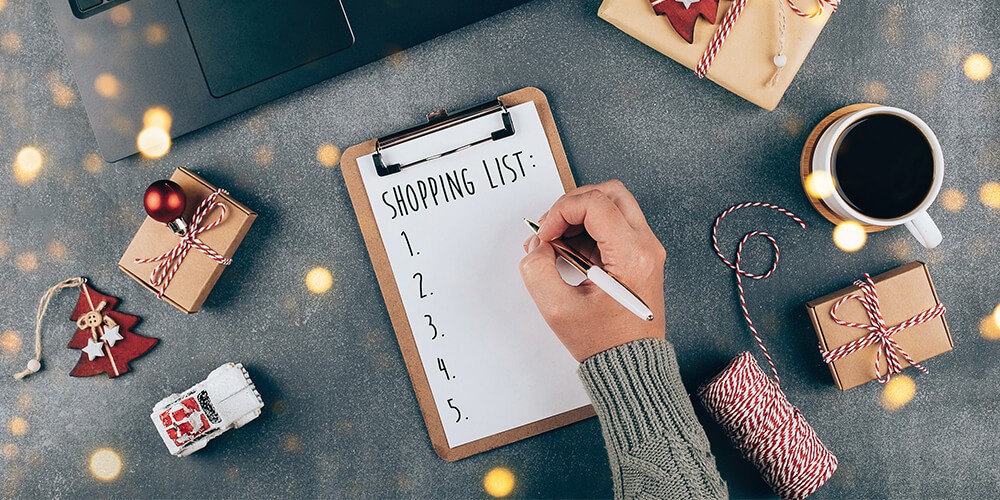


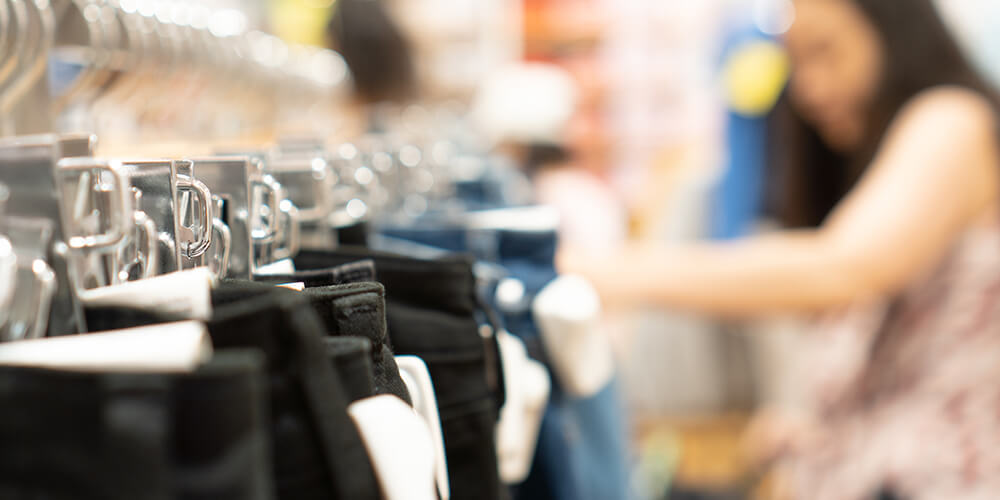
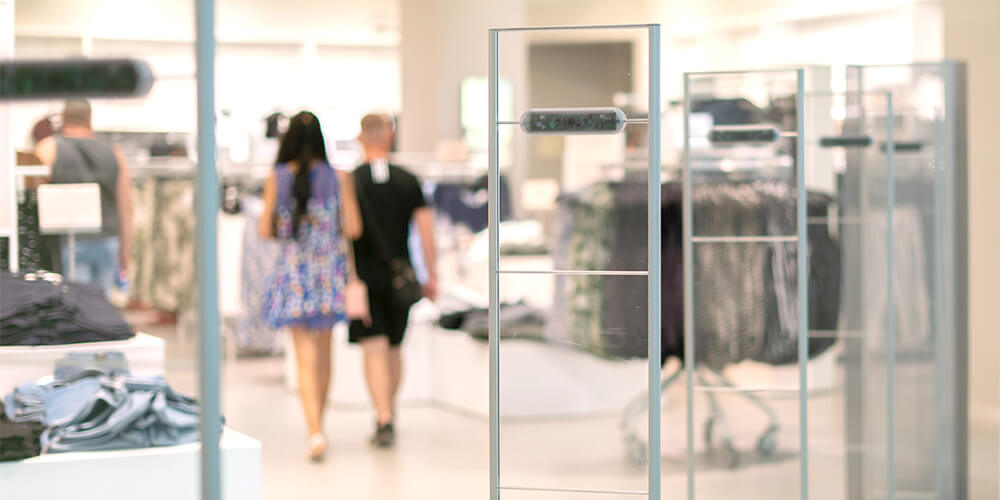
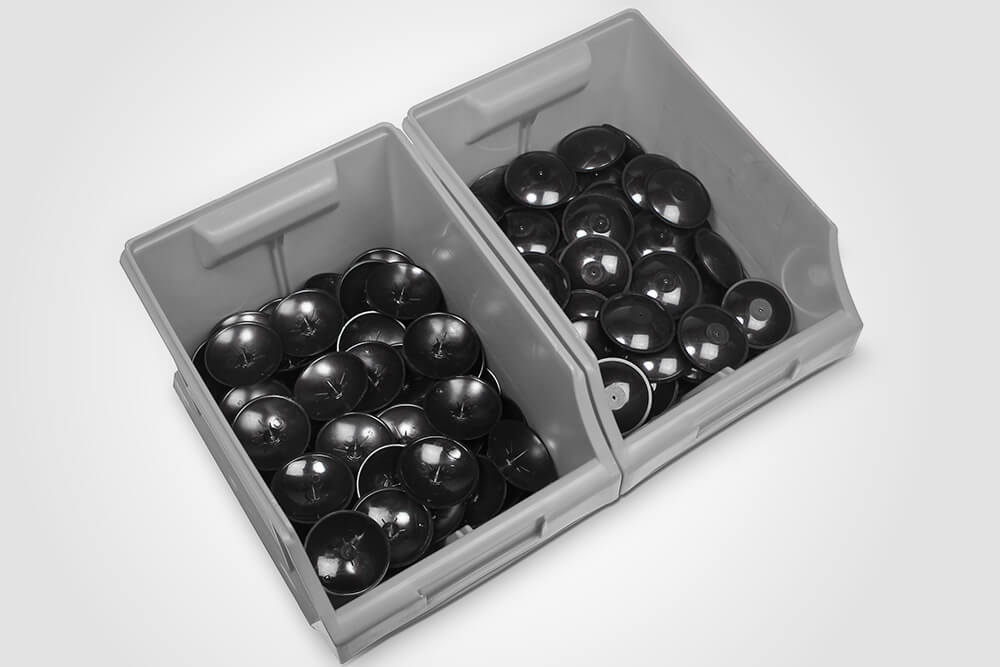
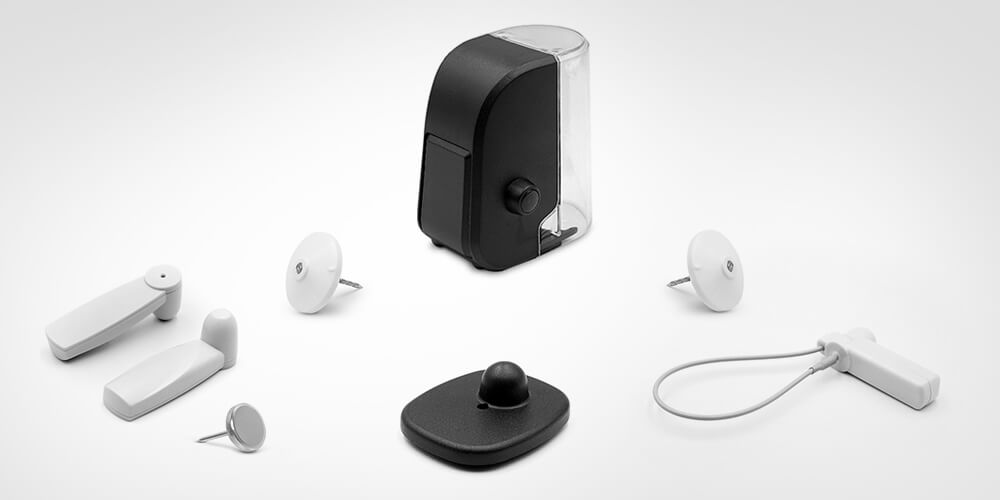
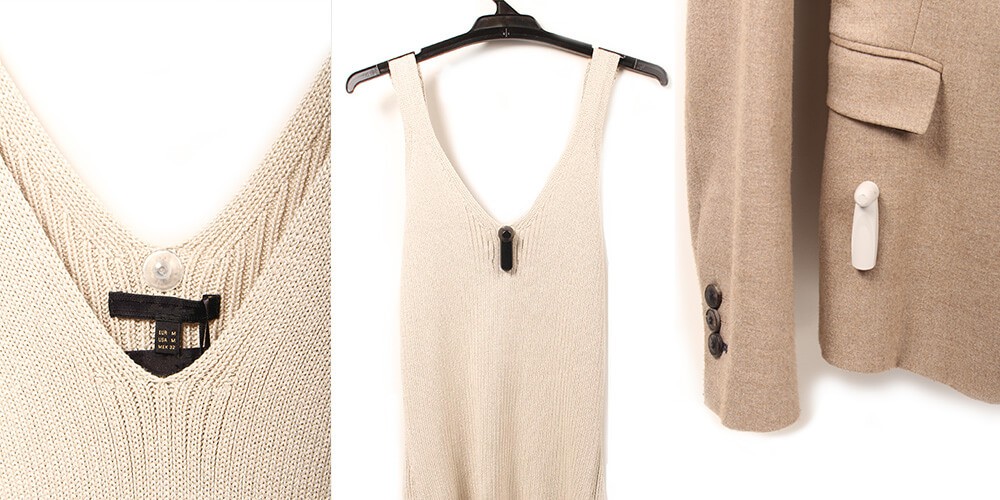
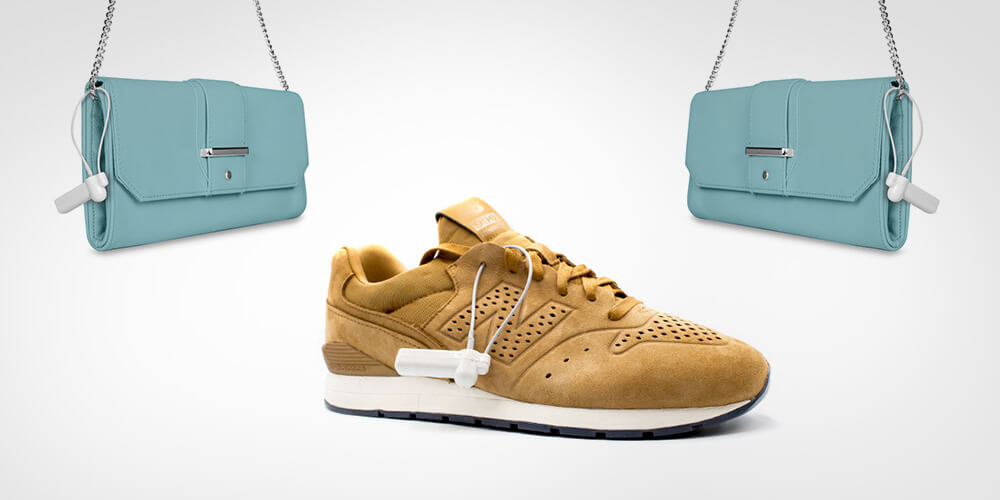
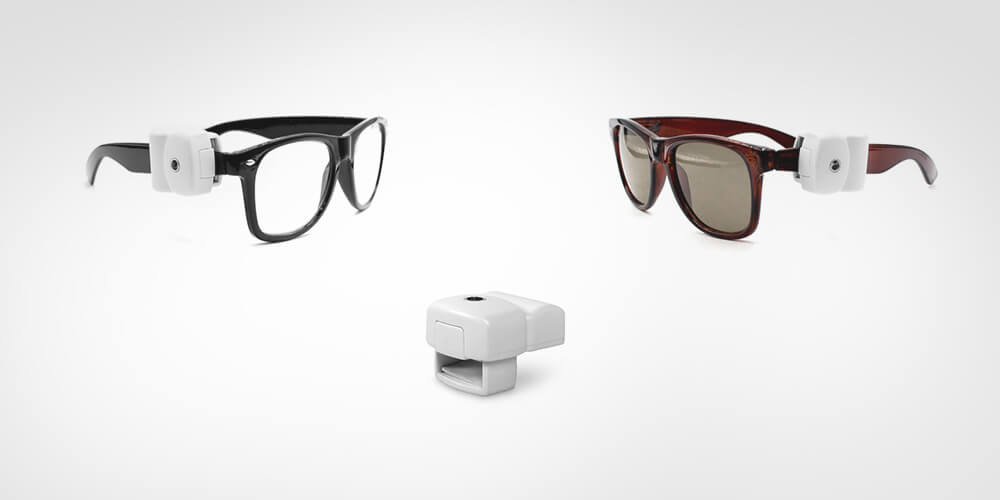
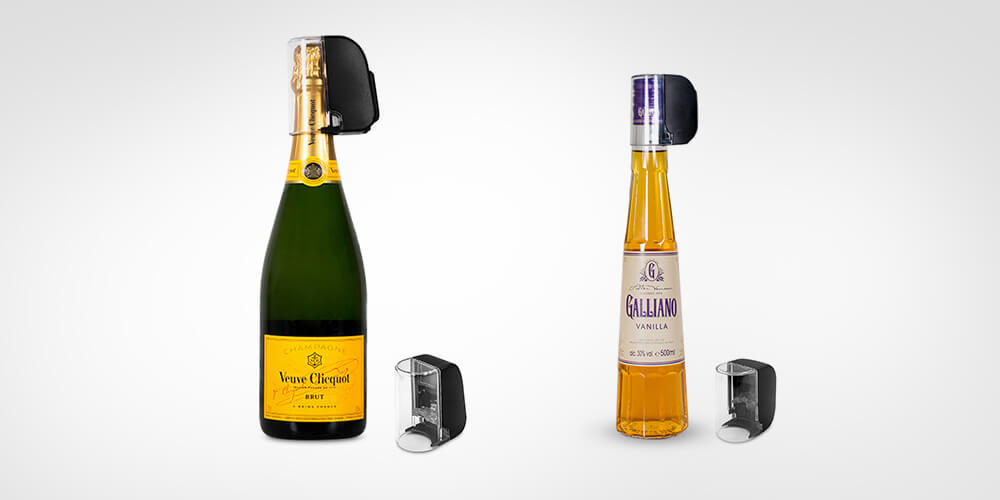
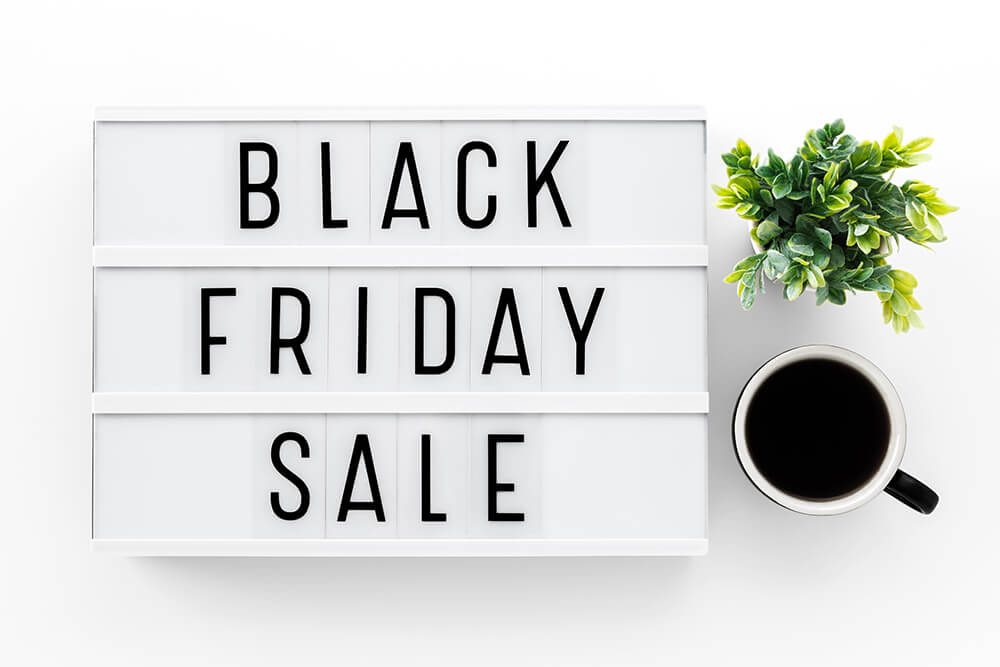
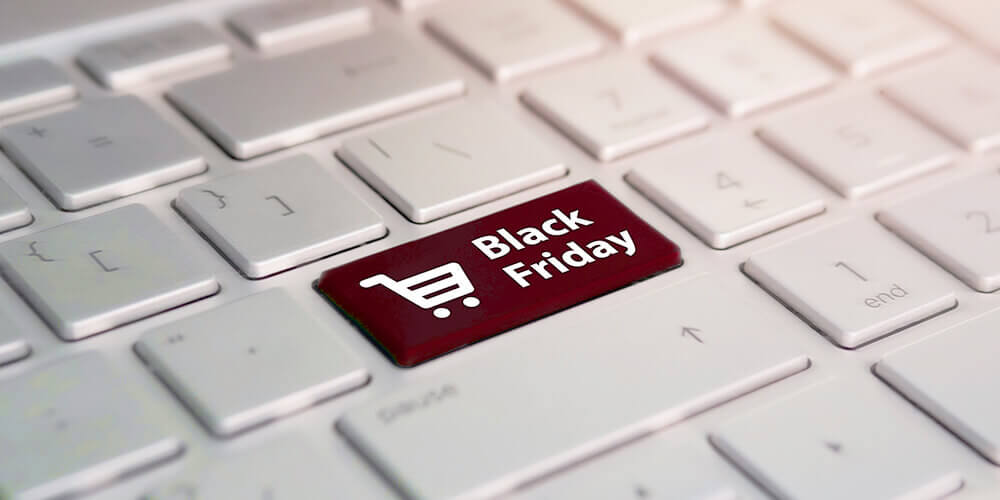
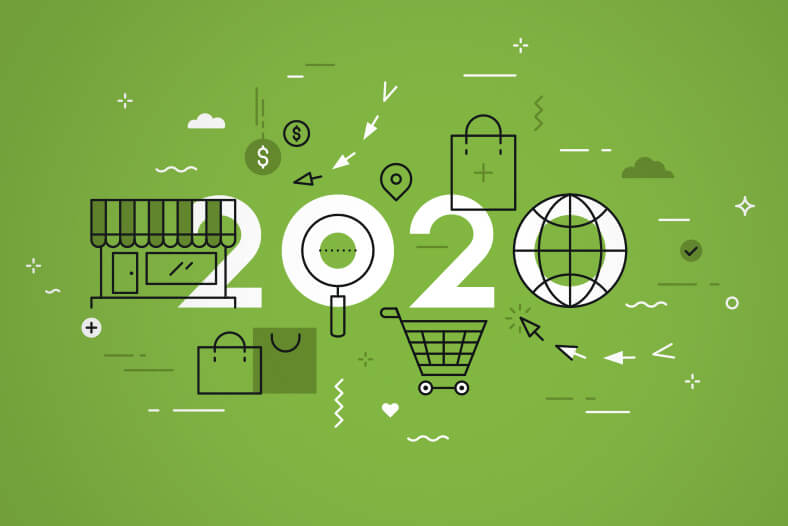
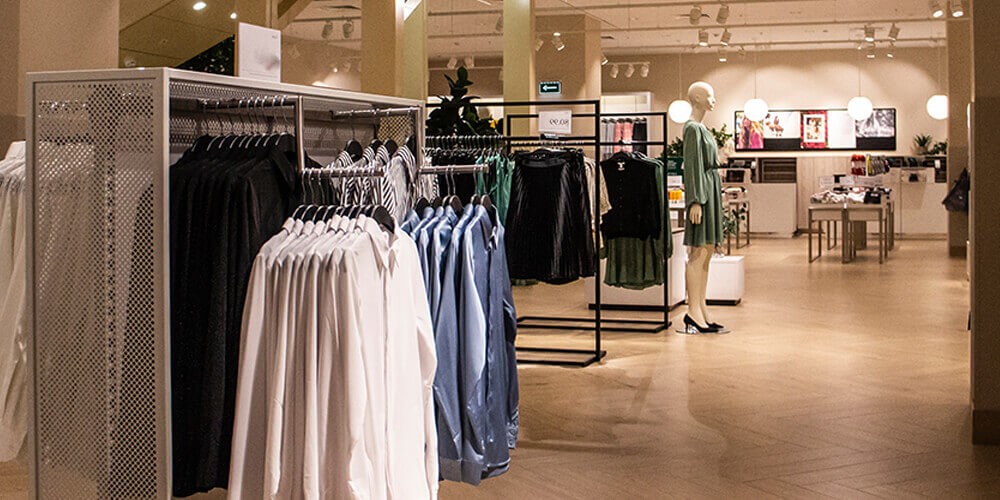
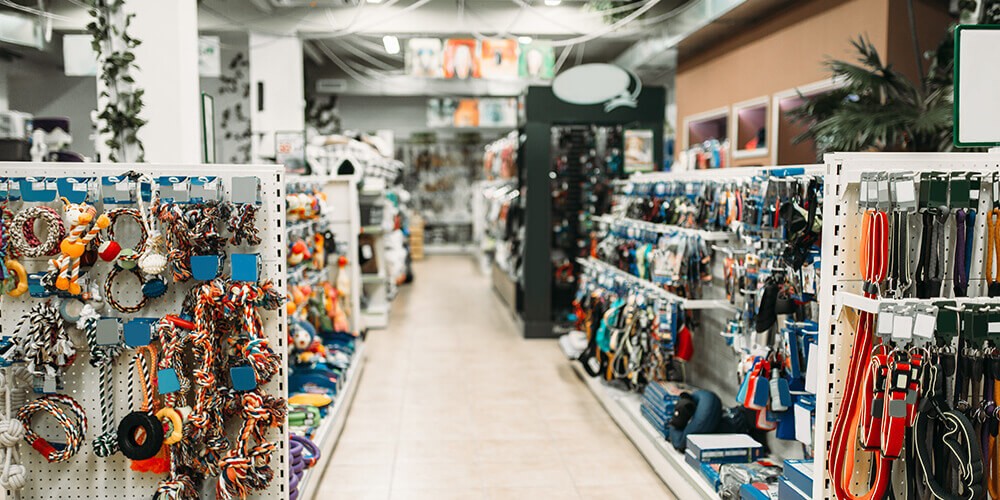 They noted
They noted 